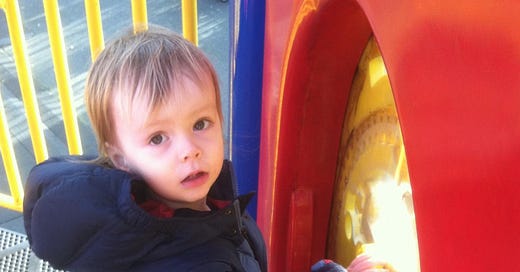Why a "Perfectly Fine" Coat Can Be Torture if You Have Sensory Aversions
Part 2 of How My Neurodiverse Family Found a Space Where We Could Be Ourselves.
Upgrade to paid to play voiceover
It’s all about “the coat.” This is one of those parenting moments that changed me as a person. Parenting neurodivergent kids takes next-level perspective, when all we want to do is get out of the damn house! The Extreme Kids community was worth the wait.
If you haven’t read Part 1: How My Neurodiverse Family Found a Space Where We Could Be Ourselves, please do that first. This is a continuation of the story.
Keep reading with a 7-day free trial
Subscribe to Atypical Kids, Mindful Parents to keep reading this post and get 7 days of free access to the full post archives.




